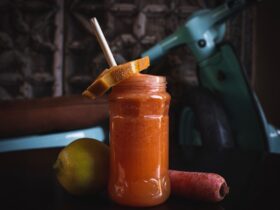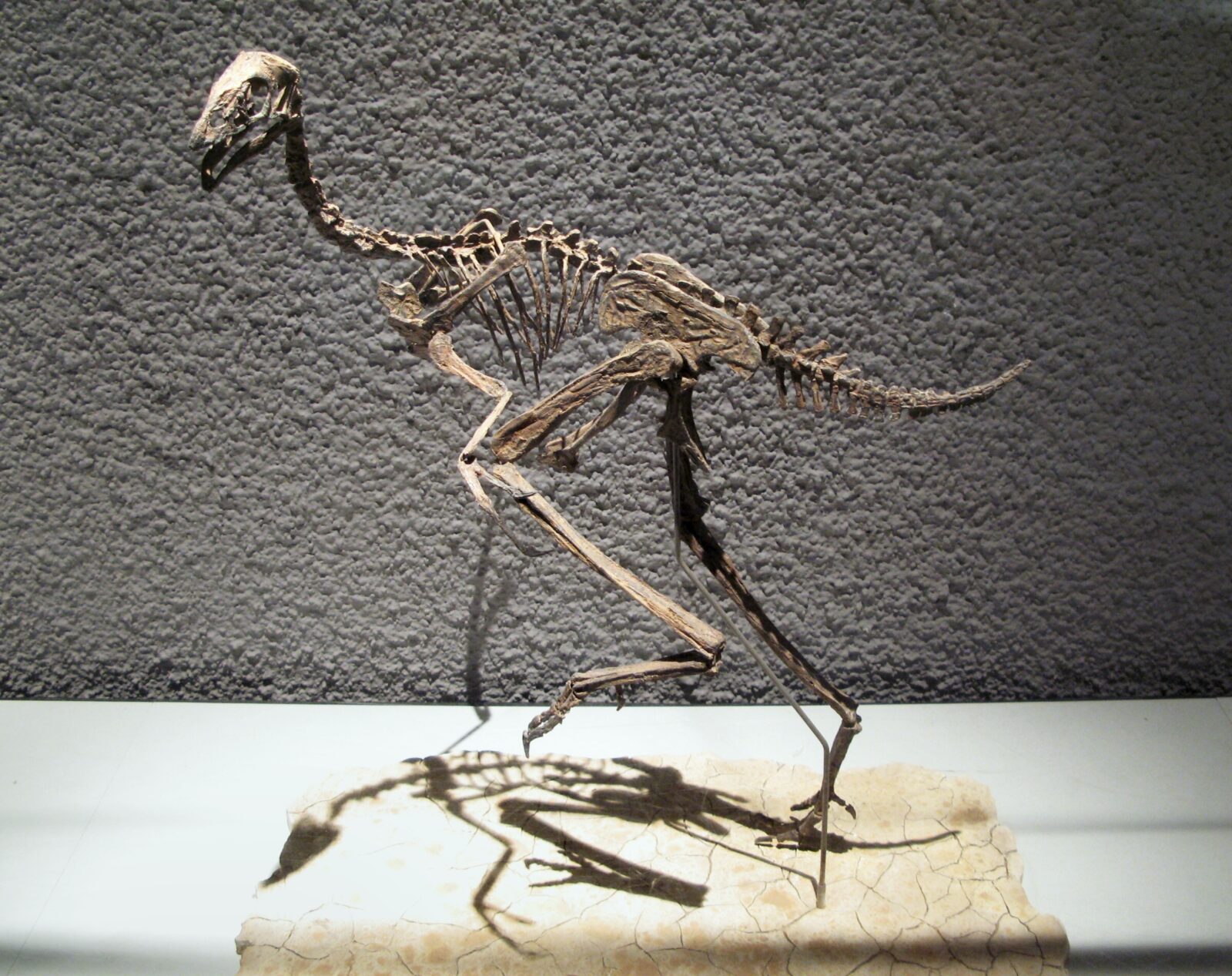A remarkably well-preserved fossil could provide scientists with the DNA of a dinosaur called Caudipteryx. The cartilage cells in a 125-million-year-old dinosaur found in China may help researchers figure out the impossible.
The Institute of Vertebrate Paleontology and Paleoanthropology (IVPP) of the Chinese Academy of Sciences and the Shandong Tianyu Museum of Nature (STM) is conducting the study. The well-isolated cartilage presents organic molecules and chromatin. You can find out the official results in Communications Biology.
Who was Caudipteryx? According to the experts, a very small omnivore with long tail feathers.
“Geological data has accumulated over the years and shown that fossil preservation in the Jehol Biota was exceptional due to fine volcanic ashes that entombed the carcasses and preserved them down to the cellular level,” said LI Zhiheng, associate Professor at IVPP and a co-author of this study.
Scientists also discovered that the preservation of the cells is due to silicification. Silicification occurred due to volcanic ash covering the carcass in the area. Experts found both healthy and less healthy cells. However, “it is possible that these cells were already dying even before the animal died,” said Alida Bailleul, Associate Professor at IVPP and the corresponding author of this study.
This sheds new light on cell fossilization and opens the way to new studies. Therefore, the new IVPP’s goal is to improve cellular imagery in fossils. It also gives scientists a chance to find original dinosaur DNA. However, they will have to try various ways to test the cells.
“Let’s be honest, we are obviously interested in fossilized cell nuclei because this is where most of the DNA should be if DNA was preserved,” said Bailleul. “So, we have good preliminary data, very exciting data, but we are just starting to understand cellular biochemistry in very old fossils. At this point, we need to work more.”























Leave a Reply